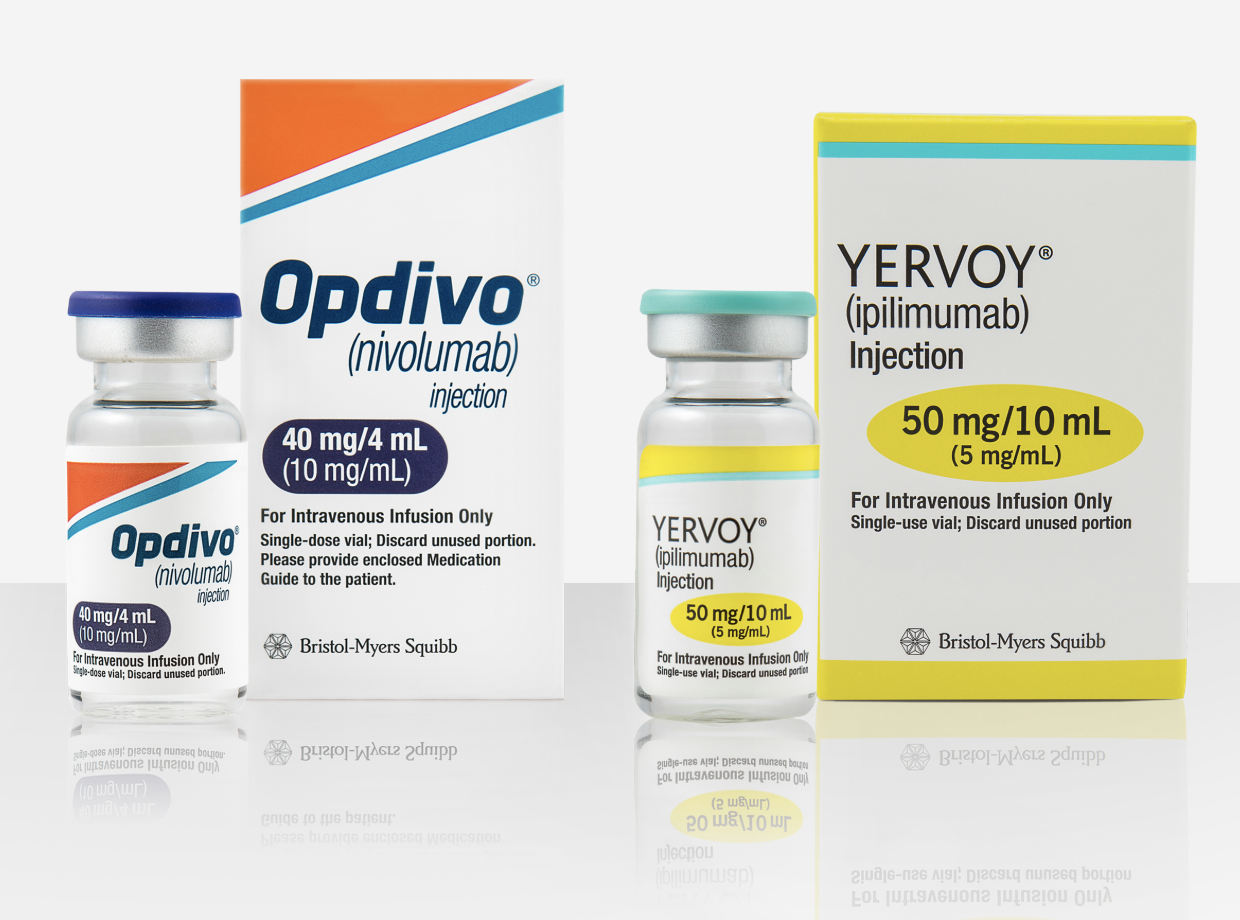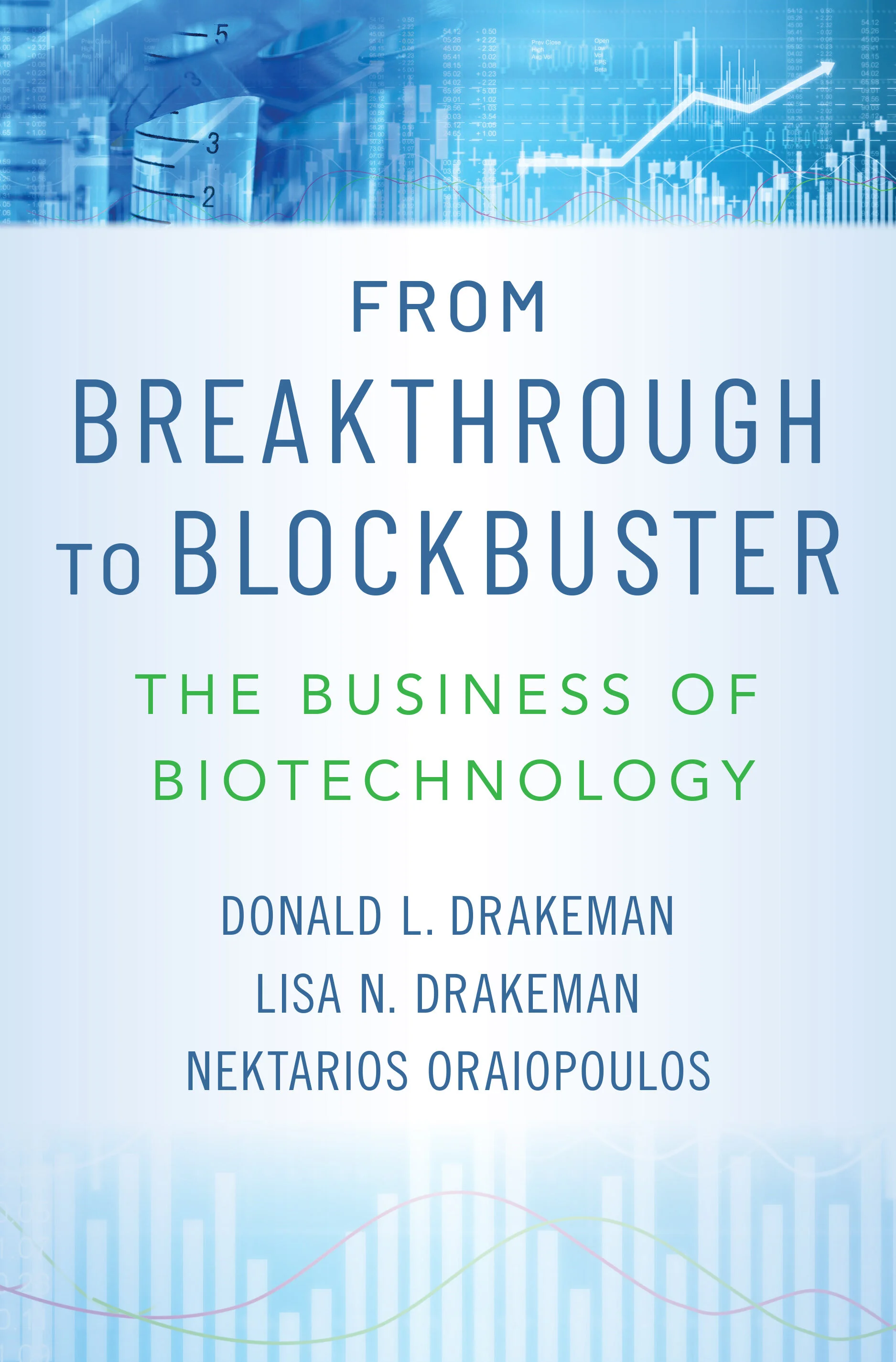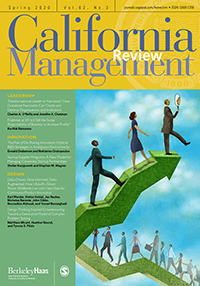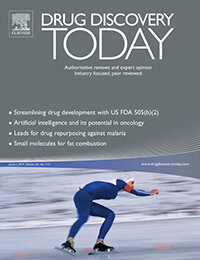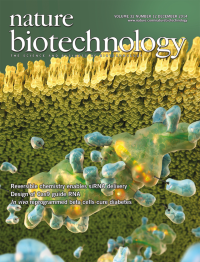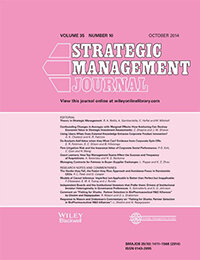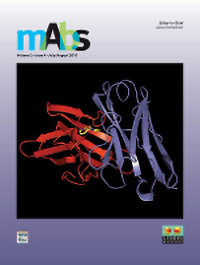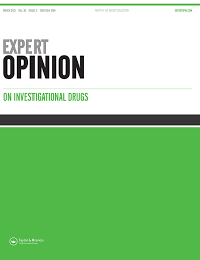The Business of Biotechnology
In parallel to my academic work, much of my career was spent in the biotech industry trying to convert academic research discoveries into new medicines. That has led to an enduring interest in the question of how to maximize the success of the dauntingly difficult process of creating new treatments for life-threatening diseases, as discussed in the newly published book: From Breakthrough to Blockbuster: The Business of Biotechnology, written with fellow entrepreneur Lisa Drakeman, Ph.D., and Nektarios Oraiopoulos, Ph.D., of the University of Cambridge (OUP, 2022).
Book
From Breakthrough to Blockbuster: The Business of Biotechnology, Oxford University Press, 2022.
with Lisa Drakeman and Nektarios Oraiopoulos
From Breakthrough to Blockbuster is an essential resource for students, scientists, investors, entrepreneurs, physicians, policy makers, and all others interested in how new medicines come into being, why the process is so breathtakingly expensive, and how small entrepreneurial ventures can compete in one of the world’s most expensive and heavily regulated industries. Beyond that, the account of how a vast collection of inexperienced, underfunded, and unprofitable small companies have created more life-changing new medicines than the largest global pharmaceutical firms is a David-and-Goliath story well worth reading.
Articles
The Risk of De-Risking Innovation: Optimal R&D Strategies in Ambiguous Environments, Donald Drakeman and Nektarios Oraiopoulos, California Management Review, May 18, 2020.
This article develops a framework for driving innovation under highly ambiguous conditions. An analysis of the most novel medicines of the past 20 years shows that a very large group of small companies created more breakthroughs, at considerably less overall cost, than a much smaller group of very large companies. This article’s findings present the first large-scale empirical validation of the theoretical literature predicting the superiority of decentralized parallel searches in ambiguous environments. Accordingly, companies that attempt to “de-risk” the innovation portfolio by narrowing their search efforts to minimize failures run the risk of filtering out the next breakthrough.
Renovation as Innovation: Is Repurposing the Future of Drug Discovery Research?, Arthur Neuberger, Nektarios Oraiopoulos, Ph.D., and Donald Drakeman, Drug Discovery Today, Volume 24, January 2019.
Repurposing is increasingly hailed as a solution to the problems of the high costs and poor productivity of drug development. Instead of starting with a disease and beginning the laborious and expensive task of discovering a new drug, researchers can initiate the discovery process with a drug in hand, and simply look for the right disease. The question is: Will repurposing fulfill its promise and, if so, should we scale back our commitment to basic research and novel drug discovery, and focus instead on second-chance drugs?
Lemons, or Squeezed for Resources? Information Symmetry and Asymmetric Resources in Biotechnology, Arthur Neuberger, Nektarios Oraiopoulos, Ph.D., and Donald Drakeman, Frontiers in Pharmacology, 2017
Thousands of biotech companies are developing promising products, but have insufficient resources to complete the clinical testing process, while large, well-funded companies have increasingly focused on the need to access external innovation. As a result, licensing deals are an essential and growing part of this industry. Yet, casting a shadow over the licensing market is the classic Lemons Problem: Does asymmetrical information put licensees at a severe disadvantage, leading to a market dominated by inferior opportunities, with the best products retained for internal development? Our analysis of clinical stage products developed over three decades shows that there is no Lemons Problem. We discuss the results of this first apples-to-apples analysis of the biomedical licensing market, and suggest reasons why the Lemons Problem does not exist where it might be most expected—in a high technology, knowledge-based industry.
Benchmarking biotech and pharmaceutical product development, Donald Drakeman, Nature Biotechnology, 2014.
The biotech sector's record in originating high-priority medicines exceeds that of the pharmaceutical industry, its costs are lower and its products have comparable revenues.
Fishing for sharks: Partner Selection in Biopharmaceutical R&D Alliances, Richard Mason and Donald L. Drakeman, Journal of Strategic Management, August, 2013.
A recent study of R&D alliances between new biotechnology firms (NBFs) and pharmaceutical firms investigated how NBFs deal with the “swimming with sharks” dilemma involved in allying with firms capable of appropriating value. It concludes that NBFs are less likely to select alliance partners with related expertise because of greater appropriation risk. Based on our experience as NBF managers and a survey of NBF executives, we believe that such situations are uncommon, and that the study more likely shows pharmaceutical firms seeking diversification. Thousands of NBFs seek alliances with the top 100 pharmaceutical firms, and the larger company is much more likely to be the one to select among multiple potential partners.
The Future of Monoclonal Antibody Technology, Alexander Zider, M.D. and Donald L. Drakeman, MAbs, 2010.
With the rapid growth of monoclonal antibody-based products, new technologies have emerged for creating modified forms of antibodies, including fragments, conjugates and multi-specific antibodies. We created a database of 450 therapeutic antibodies in development to determine which technologies and indications will constitute the “next generation” of antibody products. We conclude that the antibodies of the future will closely resemble the antibodies that have already been approved for commercial sale.
Bispecific Antibodies for the Treatment of Tumours and Infectious Diseases, Donald L. Drakeman, Michael W. Fanger, Ph.D. and Paul K. Wallace, Ph.D., Expert Opinion on Investigational Drugs, volume 6, 1997, Issue 9.
Bispecific antibodies are in clinical and preclinical development for the treatment of various cancers and life-threatening infectious diseases. Designed to direct and enhance the body’s immune response to specific tumours and pathogens, bispecific antibodies have shown promising results in Phase I and Phase II clinical trials, leading in some cases to complete or partial responses in cancer patients. These bispecific antibodies consist of a ‘targeting’ domain, typically a fragment of a monoclonal antibody that binds to a tumour, linked to a ‘triggering’ arm that is specific for a molecule capable of mediating a phagocytic or lytic response by macrophages, natural killer cells, T-cells or other effector cells. By mediating an immune assault on tumours or pathogens, bispecific antibodies may also lead to antigen presentation and a vaccine-like response in patients. Over the next few years, we expect several bispecific antibodies to enter the late stages of clinical trials and ultimately emerge as new pharmaceutical products.

